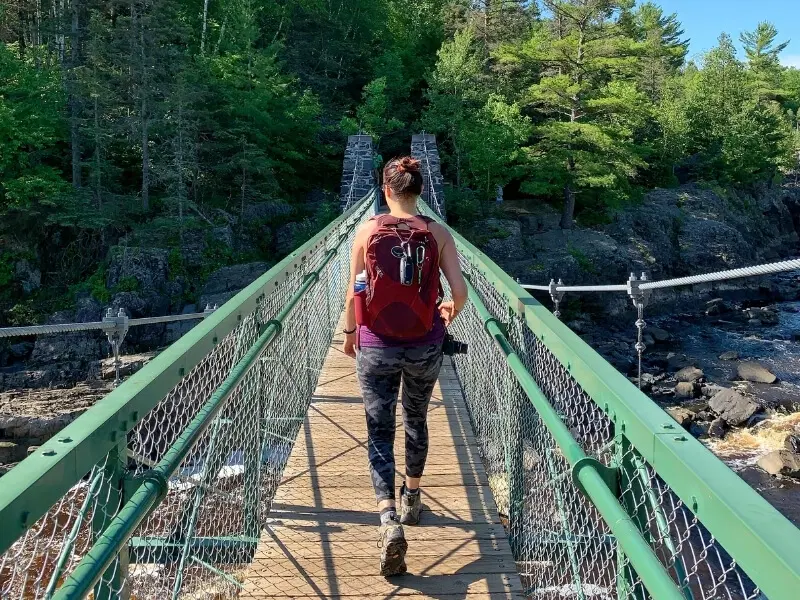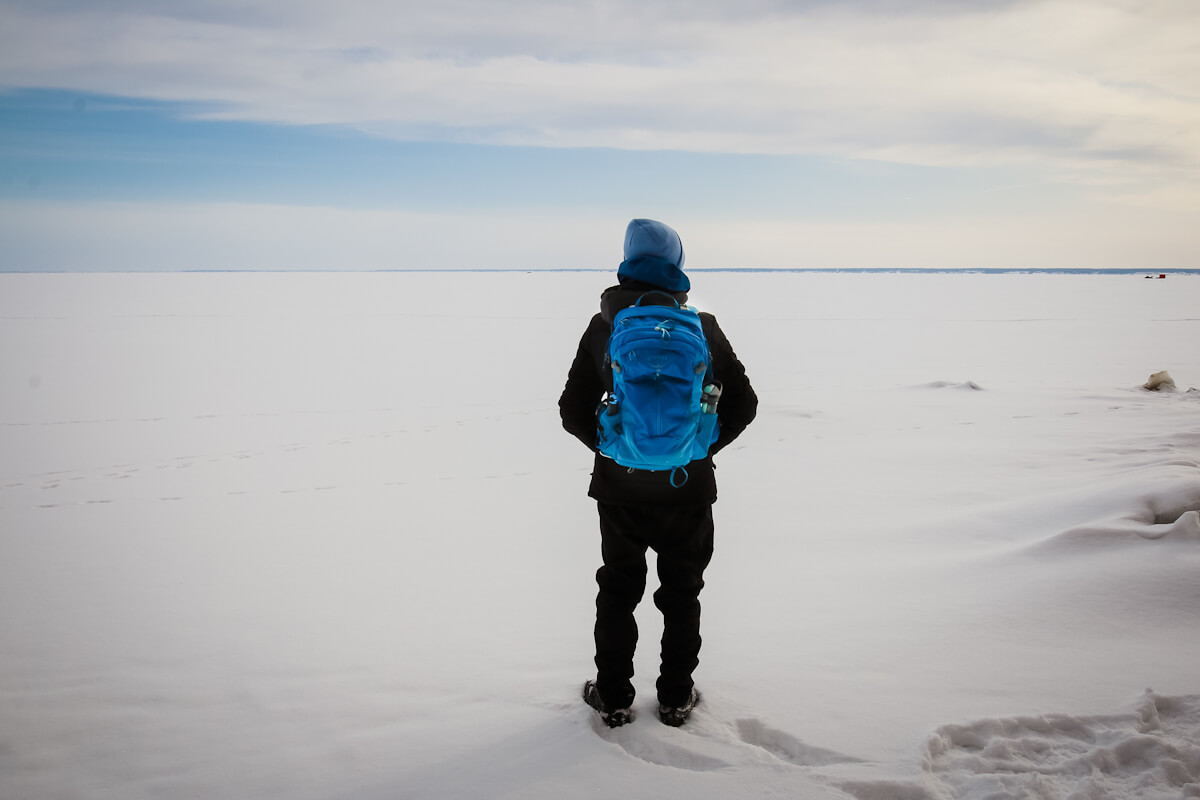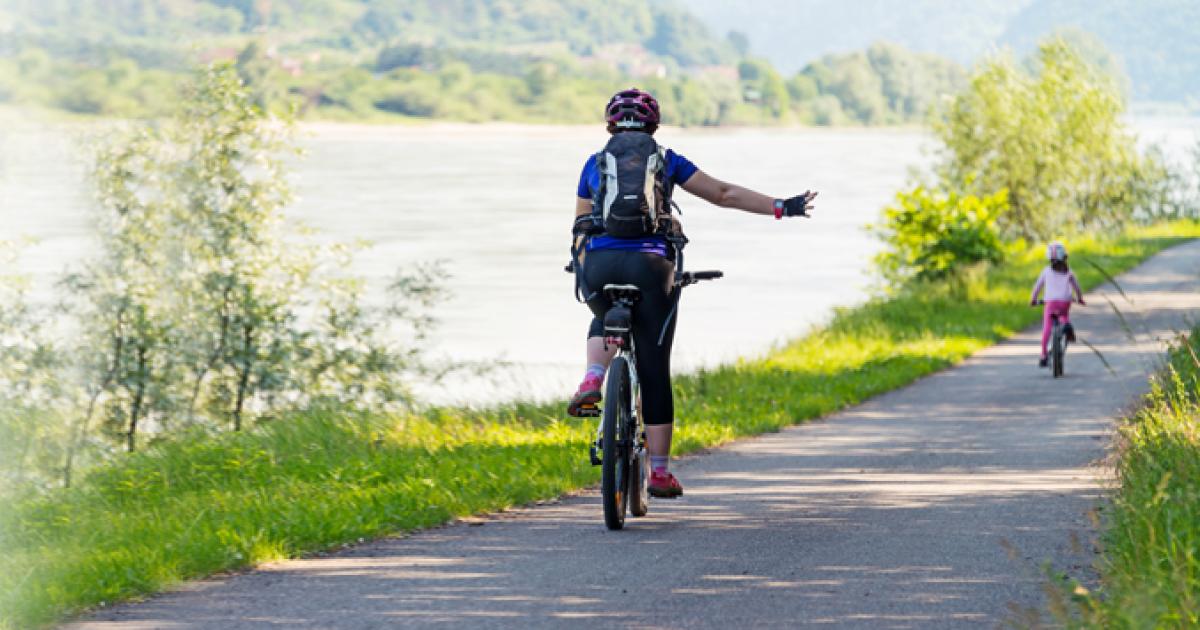I. Introduction

The great outdoors is a playground for adventure enthusiasts and nature lovers. Whether you’re hiking, camping, biking, or engaging in any other outdoor activity, safety should always be a top priority. In this article, we will discuss the importance of safety during outdoor activities and provide key tips to help you stay safe and enjoy your adventures to the fullest.
II. Preparing for Outdoor Activities: Proper Planning and Equipment
A. Weather Conditions and Forecasts
Before heading out, it is crucial to check the weather forecasts for the area where you plan to engage in outdoor activities. Weather conditions can have a significant impact on your safety, so understanding what to expect is essential. Pay attention to temperature fluctuations, precipitation, wind speed, and any potential severe weather alerts. This information will help you determine the appropriate clothing and gear you need to bring and make informed decisions about your plans.
B. Planning the Route and Informing Others
One of the most critical aspects of outdoor safety is proper planning and communication. When embarking on outdoor activities, it is important to create a detailed itinerary and share it with someone you trust. Include information such as your planned route, estimated duration, and contact information. This way, if something goes wrong and you don’t return as scheduled, people will know where to look for you and when to expect your safe return.
Additionally, consider using maps, GPS devices, or smartphone apps to navigate your route. These tools can help you stay on track, avoid getting lost, and provide valuable information about potential landmarks, water sources, and emergency services in the area.
C. Choosing Appropriate Gear and Equipment
Picking the right gear and equipment is fundamental to outdoor safety. Start with selecting suitable clothing layers that can adapt to changing weather conditions. Dress in moisture-wicking and insulating layers to regulate body temperature and protect yourself from extreme heat or cold. Don’t forget essential accessories like hats, gloves, and sunglasses to shield yourself from the sun’s harmful rays.
Protective gear is also vital, depending on the activity you’re engaging in. For example, if you’re mountain biking, wear a helmet designed for this purpose. If you’re hiking on rough terrain, invest in sturdy hiking boots that provide ankle support and traction. Always ensure that your gear is in good condition and fits you properly to maximize its effectiveness and minimize the risk of injury.
III. Safety During Outdoor Activities: Practical Tips
A. Stay Hydrated

Hydration is crucial when engaging in outdoor activities, especially in hot or humid environments. Carry an adequate amount of water and drink frequently to avoid dehydration. Consider using a hydration pack or water bottles that are easy to access during your activity. Monitor your urine color – if it is dark yellow, it’s a sign that you need to drink more water.
B. Be Aware of Wildlife
Encountering wildlife is a thrilling experience, but it’s essential to maintain a safe distance and observe from afar. Do not approach or feed wild animals, as they are unpredictable and can become aggressive. Research the local wildlife and understand their behaviors and habitats before your adventure. If you encounter potentially dangerous animals, such as bears or snakes, stay calm, and slowly back away without turning your back on them.
C. Practice Fire Safety
If you plan to have a campfire, ensure you follow fire safety guidelines. Choose designated fire pits or clear an area free from dry vegetation and debris. Keep a bucket of water nearby to extinguish the fire completely before leaving the area. Never leave a fire unattended and be mindful of wind conditions that can cause embers to spread.
D. Be Mindful of Your Physical Limits
Know your physical limits and listen to your body. Outdoor activities can be physically demanding, especially if you’re not accustomed to them. Take breaks and pace yourself to avoid exhaustion or overexertion. If you’re feeling unwell or experiencing any discomfort, it’s essential to stop and seek appropriate medical attention if necessary.
E. Carry Basic First Aid Supplies

Accidents can happen even in the safest environments, so it’s crucial to carry basic first aid supplies. A well-stocked first aid kit should include bandages, antiseptic ointment, gauze, adhesive tape, pain relievers, and any necessary medications. Additionally, consider taking a basic first aid course to learn essential skills that can be invaluable in emergency situations.
III. Safety Measures During Outdoor Activities: Hazards and Emergency Preparedness
A. Understanding and Avoiding Environmental Hazards
- Awareness of wildlife encounters and strategies for prevention
- Researching the local wildlife and understanding their behavior and habitats
- Being alert and making noise to avoid surprising animals
- Properly storing food and trash to minimize the risk of attracting wildlife
- Recognizing potentially dangerous terrain or conditions
- Understanding the risks associated with steep slopes, slippery surfaces, loose rocks, or unstable ground
- Being cautious near bodies of water, including rivers, lakes, or streams, and being wary of sudden changes in weather conditions
B. Establishing Communication and Emergency Plans
- Carrying a fully charged cell phone or emergency communication devices
- Ensuring that phones or devices are fully charged before heading out
- Identifying areas with cell phone coverage and familiarizing oneself with emergency phone numbers
- Knowing basic first aid and emergency response techniques
- Enrolling in a first aid and CPR course to acquire essential skills
- Carrying a well-stocked first aid kit, including bandages, antiseptics, and medications
C. Staying Hydrated and Nourished
- Importance of carrying enough water and staying hydrated
- Being mindful of the duration and intensity of the activity to estimate water needs
- Drinking water regularly, even if not feeling thirsty, to prevent dehydration
- Packing nutritious snacks or meals for sustained energy
- Choosing lightweight, non-perishable foods that are easy to prepare and provide necessary nutrients
- Considering the importance of high-energy foods like nuts, granola bars, or dried fruits
IV. Specific Outdoor Activity Safety Tips

A. Hiking and Backpacking
- Following marked trails and avoiding off-trail excursions
- Keeping an eye on trail markers and signs to stay on designated paths
- Resisting the temptation to venture off marked trails, as it increases the risk of getting lost or encountering hazardous conditions
- Properly packing and distributing weight in a backpack
- Distributing weight evenly in the backpack to maintain balance and stability
- Packing essential items like a map, compass, flashlight, extra clothing, and emergency supplies
B. Camping
- Setting up a safe and well-ventilated campsite
- Choosing a location away from dead or unstable trees and potential hazards like rockfall
- Ensuring proper ventilation to prevent carbon monoxide poisoning in enclosed spaces
- Properly handling and storing food to prevent attracting wildlife
- Using bear-resistant containers or hanging food properly to keep animals away
- Cleaning up food scraps and disposing of waste properly to minimize the risk of wildlife encounters
C. Water Activities (Swimming, Boating, etc.)
- Wearing appropriate safety equipment, such as life jackets
- Ensuring a proper fit and wearing life jackets at all times during water activities
- Having additional flotation devices or safety equipment, like whistles or throw ropes, readily accessible
- Knowing and following water safety guidelines
- Understanding the risks associated with currents, tides, or waves in water bodies
- Refraining from swimming alone, especially in unknown or unmonitored areas
Implementing these safety measures specific to different outdoor activities will greatly enhance personal safety and enjoyment of the experience.
V. Conclusion: Make Safety a Priority in Outdoor Adventures
In any outdoor adventure, ensuring safety should be a top priority. By understanding and avoiding environmental hazards, establishing communication and emergency plans, staying hydrated and nourished, and following specific safety tips for various activities, individuals can minimize risks and create a safe and enjoyable outdoor experience.
Remember to always prioritize safety, be prepared, and have a backup plan. Enjoy the wonders of the great outdoors while staying safe!

